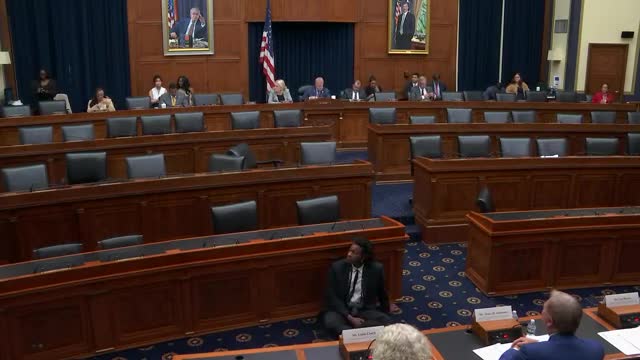Housing Crisis Looms as Older Adult Population Surges
July 25, 2024 | Financial Services: House Committee, Standing Committees - House & Senate, Congressional Hearings Compilation

This article was created by AI summarizing key points discussed. AI makes mistakes, so for full details and context, please refer to the video of the full meeting. Please report any errors so we can fix them. Report an error »

The U.S. is on track to see its older adult population rise to 23% by 2050, a demographic that often faces increased disability needs and lives on fixed incomes. This shift raises significant concerns regarding housing accessibility and affordability, particularly as the nation grapples with a chronic undersupply of suitable living options for seniors. Currently, it is estimated that less than 1% of the housing stock is wheelchair accessible, highlighting a critical gap in meeting the needs of this growing population.
During a recent government meeting, experts discussed the pressing barriers to creating integrated, accessible, and affordable housing for older adults. The primary obstacle identified was funding. While there is a clear need for more housing development, the experts emphasized that without adequate subsidies, achieving affordability remains a challenge.
In addition to financial constraints, the discussion pointed to the importance of regulatory frameworks that mandate accessibility standards, especially when public funds are involved in housing development or substantial rehabilitation projects. These insights underscore the urgent need for policy reforms and increased investment to ensure that older adults have access to safe and affordable housing as their numbers continue to grow.
During a recent government meeting, experts discussed the pressing barriers to creating integrated, accessible, and affordable housing for older adults. The primary obstacle identified was funding. While there is a clear need for more housing development, the experts emphasized that without adequate subsidies, achieving affordability remains a challenge.
In addition to financial constraints, the discussion pointed to the importance of regulatory frameworks that mandate accessibility standards, especially when public funds are involved in housing development or substantial rehabilitation projects. These insights underscore the urgent need for policy reforms and increased investment to ensure that older adults have access to safe and affordable housing as their numbers continue to grow.
View full meeting
This article is based on a recent meeting—watch the full video and explore the complete transcript for deeper insights into the discussion.
View full meeting